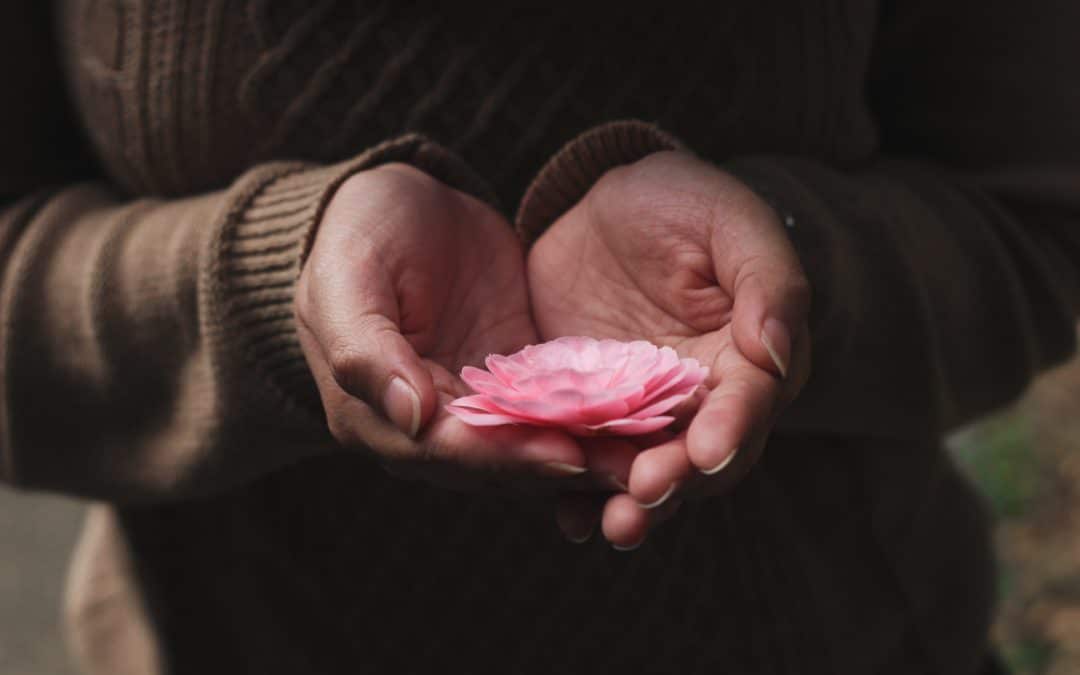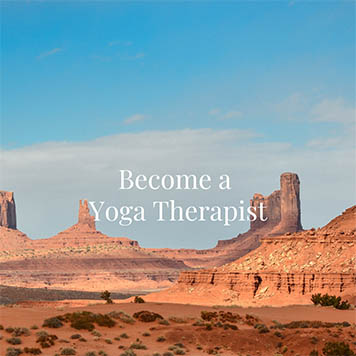Meditation seems to be all the rage these days. Social media is loaded with articles and memes about how to improve your life through meditation. There are even apps to help you do it! But what’s the right meditation practice for you? Although there are so many options out there, there is not a lot that explains what exactly meditation is or does beyond the generic statements that meditation is calming and/or is good for you. It’s understandable to be confused.
Simply put, meditation is intentionally placing your attention on something – a place, a concept, a sensation, or an object, and attempting to keep it there. There are many different meditation practices that achieve that.
Examples of Meditation Practices
In a “mindfulness” meditation, you might put your attention on your breath. You can try to focus on the air coming in and out of your nostrils. Alternatively, you might scan your body: first, the feeling of your scalp or hair, then your eyes, your nose, then your mouth, your chin and neck, and so on down the body; to experience the sensations that arise in each place. Or you might be instructed to observe your thoughts as they arise and then let them pass without engaging them.
Some meditation practices use a mantra, prayer, or affirmation, and repeat it over and over, keeping your attention on the same set of sounds or sentences again and again as the place where you put your attention. The Rosary prayer in the Catholic tradition is a good example of this, as is the practice of Transcendental Meditation.
Additionally, you can choose an object to put your attention on, for instance, a large tree, a stable mountain, or a pure, flowing stream. Each object has its own ‘temperament’ and history, and as you stay connected with that object associated experiences are generated.
Different Techniques Generate Different Experiences
What is common in all meditation techniques is the keeping of one’s focus in one place for as long as possible. What is different is the effect and the difficulty. Different meditation techniques generate different experiences and consequently have different effects on the meditator. Also, different places can be easier or more difficult to keep one’s focus on continuously. And it is a common mistake for beginners to be given very difficult places to put their attention, like being asked to “have no thoughts,” which is a very subtle place to put your attention!
Wednesday Morning Meditation
Every Wednesday morning at the Yoga Well Institute, we lead a 30-minute object meditation online. That might sound like a lot if you’ve ever tried to meditate before and didn’t get very far. But there’s a lot more to it than just closing your eyes! To begin with, we have about 15 minutes of moving and breathing preparation before we get into 15 minutes of meditation. It goes fast!
We also change the place where we ask you to put your attention every month. Some months we choose an object. Other times we choose a concept, like friendliness or compassion. Sometimes it’s a sound, like a mantra or a chant, and other times a question.
Regardless, we keep the place where you put your attention the same for the whole month. At the same time, we change the structure of the meditation practice weekly. We do this by adapting the preparation and the way the meditator interacts with the object of attention within the meditation. For instance, changing the breathing ratio or postures that are used to prepare for the meditation.
Different meditation structures with the same object result in different experiences and thus will have many different applications. For example, the moon as an object might have the function of helping you to heal; or causing you to feel positive about your imperfections; or remembering that change comes in regular cycles; or helping you balance your cycle; or reflecting on what is the source of cognition and what is reflecting cognition. That is just one example.
If you come to the Wednesday Morning Meditation regularly, you will end up with a broad range of experiences. That is especially important for teachers. If you want to be a good teacher, there’s no substitute for your own experience. Just like cooking or dancing, if you want to be a good cook, you have to eat a wide variety of food. If you want to dance, you have to try different styles! If you want to be a good meditation teacher, you have to meditate and develop both a depth and a variety of meditation experiences. This is the only way to truly understand how to help your students on their journey.



